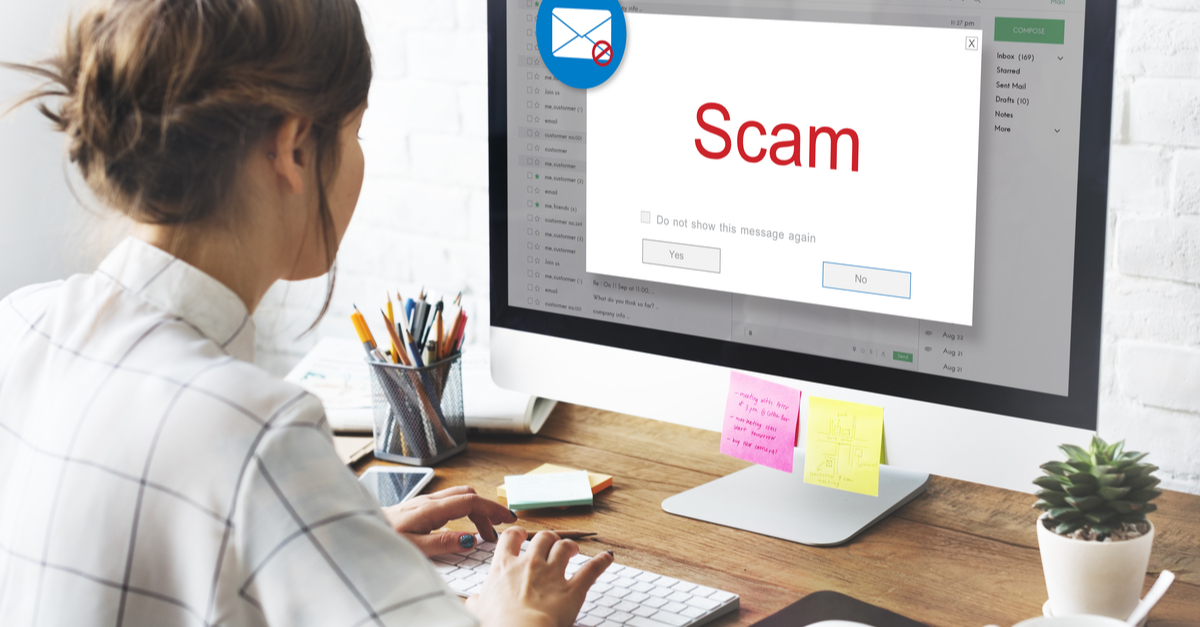5 min read
Monitoring Security Risks in QSRs
It’s no joke that data breaches are a severe business for restaurants, both large and small (QSRs). Typically, when a large chain has a breach, it’s...

Estimated reading time: 2 minutes
With the recent nationwide announcement of the COVID-19-related 2-trillion dollar stimulus bill being passed, taxpayers have a lot of financial good to come. Though this may be a saving grace for many, others are falling victim to malicious malware and phishing scams, fishing for people’s accounts and routing information to “process and verify” their account data.
Qualifying American Citizens will receive $1200 checks in the mail or through IRS-guided direct deposit payments. The IRS and TurboTax have also mentioned launching a web portal to enter info to receive your payment better. That being said, the checks are said to arrive in mid-April. President Trump’s Coronavirus Aid Relief and Economic Security Act (CARES) is available to those who filed taxes in either 2018 or 2019, along with a few other credentials.
You’ll remember that you’ve given your email to random Small to medium-sized businesses and Restaurants to initially receive a coupon code or a sale because they’ve all sent you their plans for combatting and responding to the COVID-19 issue. While these are all too common nowadays, Mortgage Companies and Credit Card Firms have announced some leniency or forbearance allowances with so many Americans being unemployed and unable to make ends meet. Scammers are hopping on the trend and have sent similar urgent CTA emails requesting information quickly to move forward.
The email sender might falsely claim an outstanding number of cases in ‘your’ area, demanding that you immediately click on their attached link to monitor the growing number and keep your loved ones safe. Emails will also come in the form of Health Advice Notices, Workplace Policy Statements, and even Stimulus Check Confirmation Forms. How do you avoid and outsmart these cybercriminals, however?
The only messages you should take for something come from your local government website or the CDC, NIH, WHO, etc. The US Government isn’t calling, emailing, or social media messaging citizens to discuss their stimulus check, however, so remember that when a supposed government official comes knocking on your inbox doors with a financial CTA.
Regarding COVID-19, the IRS only sends checks through mail or direct deposit, so fret not because stimulus check emails aren’t in the write-up. As mid-April approaches, be sure to be on the look-out for Fake Checks, social media-driven messages on both LinkedIn and Facebook presenting a specific CTA, Claims of a Simple Processing Fee needing to be paid to complete your Stimulus Check “Confirmation”, and even messages from False Titles or those pretending to be a Government Official.

5 min read
It’s no joke that data breaches are a severe business for restaurants, both large and small (QSRs). Typically, when a large chain has a breach, it’s...

4 min read
RFID holds a pretty wide range for what it’s capable of accomplishing, especially in the ever-evolving retail landscape that we now have come to know...

5 min read
Healthcare officials were busy long before the vaccine was on the horizon. They were essentially thrown to the wolves to combat the early days of the...